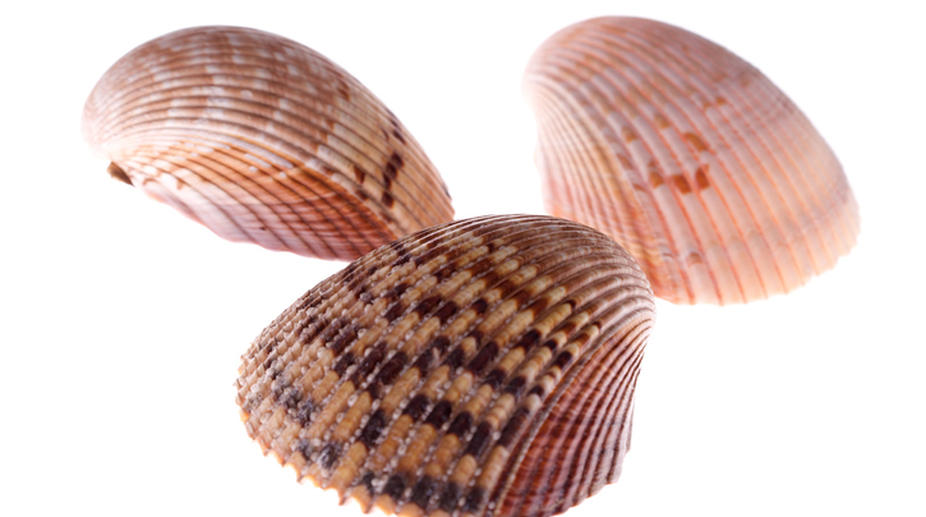Ribbed mussels could help improve water quality in urban and coastal locations by filtering out nitrogen, bacteria, microalgae and other contaminants, according to a study.
Researchers at The National Oceanic and Atmospheric Administration (NOAA) in the US began a two-year pilot project in 2011 to improve water quality in the Bronx River Estuary in New York.
They used a 20 x 20-foot raft with mussel growing lines hanging below as their field location in an industrial area near Hunt’s Point in the South Bronx, not far from a sewage treatment plant.
The waters were closed to shellfish harvesting because of bacterial contamination.
Scientists monitored the condition of the ribbed mussels (Geukensia demissa) and the water quality over time to see how each responded.
“Ribbed mussels live in estuarine habitats and can filter bacteria, microalgae, nutrients and contaminants from the water,” said Julie Rose, a research ecologist at NOAA’s Fisheries Milford Laboratory.
“Ribbed mussels are not sold commercially, so whatever they eat will not be eaten by humans,” said Rose, co-author of the study published in the journal Environmental Science and Technology.
Farming and harvesting shellfish to remove nitrogen and other excess nutrients from rivers, estuaries and coastal waters is known as nutrient bioextraction, or bioharvesting.
Mussels and other shellfish are filter feeders, and as the organisms grow, they take up or assimilate nutrients in algae and other microorganisms filtered from the surrounding waters.
Nitrogen, phosphorus and other nutrients occur naturally in the environment and are needed by plants and animals to grow, but too much of any of them is harmful.
Excess amounts from human activities often end up in rivers, streams and coastal environments, causing algal blooms, loss of sea grass and low oxygen levels in the water, which can kill large numbers of fish and other organisms.
Researchers found that the Bronx River mussels were generally healthy, and their tissues had high amounts of a local nitrogen isotope, indicating that they removed nitrogen from local waters.
They also had lower amounts of trace metals and organic contaminants than blue mussels (Mytilus edulis) collected from the seafloor nearby. An estimated 138 pounds of nitrogen was removed from the river when the animals were harvested.
The researchers estimate that a fully populated 20 x 20 foot mussel raft similar to the one used in the study would clean an average of three million gallons of water and remove about 350 pounds of particulate matter, like dust and soot, daily.
When harvested, the animals could be used for fertiliser or as feed for some animals, recycling nutrients back into the land.
“Management programs to reduce the effects of excess nutrients in the water have largely focused on land-based sources, such as human and livestock waste, agriculture, and stormwater runoff,” said Gary Wikfors, Milford Laboratory Director and co-author of the study.
“They really have not looked much at recovering the excess in the water itself. Nutrient bioextraction using shellfish is becoming more common, and this study demonstrated that it could be an additional tool for nitrogen management in the coastal environment,” Wikfors said.











